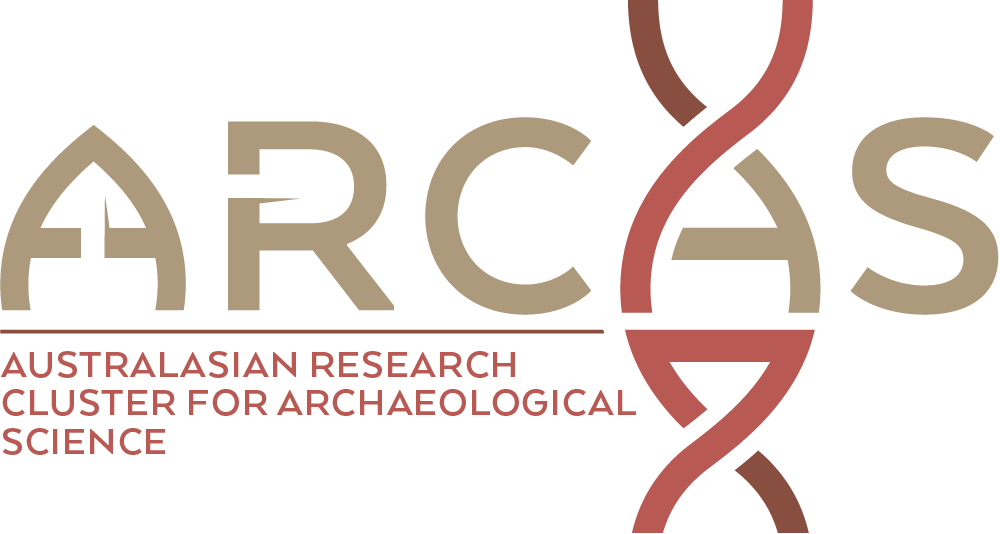Artists before Columbus: A multi-method characterization of the materials and practices of Caribbean cave art
Publication date: Available online 29 October 2017Source:Journal of Archaeological Science Author(s): Alice V.M. Samson, Lucy J. Wrapson, Caroline R. Cartwright, Diana Sahy, Rebecca J. Stacey, Jago CooperThis study represents the first positive identification of plant gum binding media in pre-Columbian art, and the first dates from indigenous cave art in the Caribbean. Mona Island reveals an extensive and well-preserved pre-Columbian and early colonial subterranean cultural landscape with dense concentrations of newly-discovered cave art in up to 30 caves. A multi-method approach to the research of pigments and binding media, charcoal, and cave sediments was used to elucidate the technologies, chronologies and processes of indigenous art and artists. Analyses included on-site use of a portable X-ray fluorescence (P-XRF) device to inform sample selection, scanning electron microscopy with energy dispersive X-ray spectroscopy (SEM/EDX) on paint and charcoal samples, polarized light microscopy (PLM) for material characterizations, and gas chromatography – mass spectrometry (GC-MS) and X-ray diffraction (XRD) for detailed chemical analysis of paint structures and composition. In addition direct dates of cave art using radiocarbon (C14) and Uranium-thorium (U-Th) dating methods are discussed. Results demonstrate multiple centuries of cave use during indigenous occupation and multiple phases and techniques of mark-making in dark zone locations within extensive cave systems. Visitors set out on pre-meditated journeys underground, making rock art using pigments from the cave floors, which they mixed into complex paints with the addition of plant gums from outside. This study is the first of its kind in the Caribbean providing insight into native paint recipes, material choices, and mark-making techniques. The methods have scope for widespread application and advance the integration of cave art research in archaeology.
